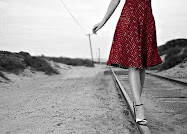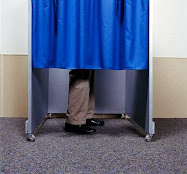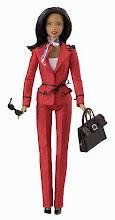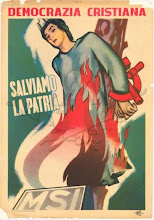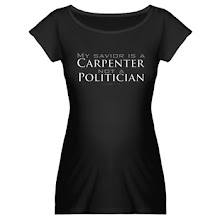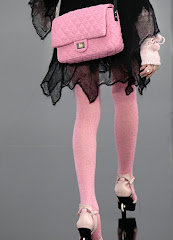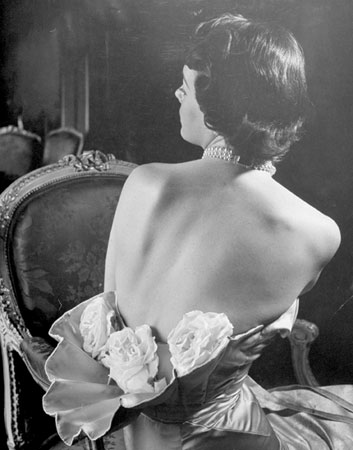The body language seen in the 2008 presidential debates between Democratic nominee Barack Obama and Republican John McCain is very important in conveying nonverbal messages to voters.
Roger Axtell, author of Gestures: The Do's and Taboos of Body Language Around the World, said he believes McCain did not look at Obama during the first presidential debate on September 26 because he was “trying to stay focused with his audience.”
Axtell, formerly vice president of worldwide marketing for the Wisconsin-based Parker Pen Company, said he viewed McCain’s keeping his eyes focused on the audience as a deliberate gesture.
Americans, he said, are taught to establish eye contact when speaking to another person. In other cultures, such as in Japan, looking too long at another person is considered rude and impolite. American Indians, he added, also are taught “that you don’t stare at your elders.”
During the second presidential debate on October 7, with a “town hall” format, McCain jotted down notes, while Obama sat on his stool and did not take notes, Axtell said. Obama “seemed to signal that ‘I don’t have to write notes — I’m ready and can handle anything.’”
Axtell expressed puzzlement at Obama “looking out with no expression” when McCain talked. “I don’t know what [Obama] was trying to signal. I’ve never seen that before” in a debate, Axtell said.
The two candidates exchanged quick handshakes at the start of the first two debates. Axtell said Americans are taught to give “good, firm handshakes,” while the Latin culture has a “touching society,” in which a handshake is often accompanied by a hug or a hand on the shoulder or elbow. In cultures including those in the Middle East and Japan, offering a “squeezing” handshake is considered rude, Axtell said.
The use of teleprompters creates a problem for McCain’s public speaking, Axtell said, in that he constantly shifts his eyes to read scripted material. Darting your eyes about is “disconcerting” to an audience, Axtell said.
CONTRARY VIEWS ON BODY LANGUAGE OF MCCAIN, OBAMA
Deborah Tannen, a professor of linguistic at Georgetown University in Washington had a different view on the performance of the two candidates during their second debate. She said Obama sat in a “relaxed stance” on his chair as McCain spoke, while McCain seemed to be “pacing nervously, grinning awkwardly and standing impatiently by his chair rather than sitting in it.”
“Obama came across as knowledgeable and composed, and he calmly but firmly countered McCain's most unjustified accusations; his outstretched arm was an effective gesture as it pointed to McCain but also came across as reassuring,” said Tannen, best known for her books on interpersonal communication and public discourse.
A famous nonverbal signal from previous presidential debates occurred in 1992 when incumbent president George H.W. Bush looked at his watch while his opponent, Bill Clinton, who would win the election, spoke. Tannen said Bush’s gesture conveyed “boredom, he doesn't want to be there, maybe he doesn't feel confident” and wants the debate to end.
Carol Kinsey Goman, president of the California-based Kinsey Consulting Services, which specializes in coaching executives on communication strategies, said body language is important because it conveys “the emotional impact behind words.”
Body language is an instinct that derives from prehistoric times, she said. “We still have that prehistoric part of our brain” in operation “when we evaluate people.”
Goman, author of The Nonverbal Advantage: Secrets and Science of Body Language at Work, said the reasons behind specific body language are less important than when certain gestures are used.
McCain not looking at Obama during the first debate, Goman said, sent a message that was counter to McCain’s stated position that Democrats and Republicans need to work together on behalf of the American people.
McCain’s failure to look at Obama “was so off-message that if I had been coaching [McCain] I would never have allowed it,” Goman said. “I think it was the biggest nonverbal against-message-point I’ve ever seen” in presidential debate.
Goman said she does not accept the explanation that McCain avoided looking at Obama because he was concentrating on his own response. “It’s one thing to concentrate on what you’re going to say. It’s another to shift your body away” from the other person.
McCain’s “prowling around” the stage while Obama spoke during the second debate was also “nonverbally disrespectful,” Goman said.
But she complimented McCain for “impressive body language” when during the second debate he walked into the audience and touched a U.S. military veteran on the shoulder, and then gave him a handshake, which produced a “genuine smile from the veteran.”
The “power of touch ... creates a bond,” Goman said. McCain’s gesture was “exquisitely done” and worked very much in the Republican’s favor, she said.


